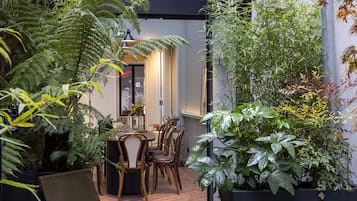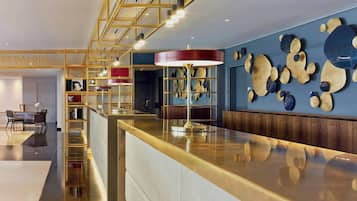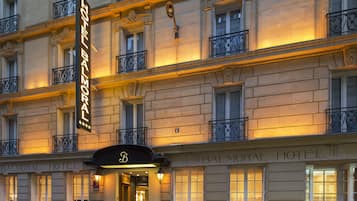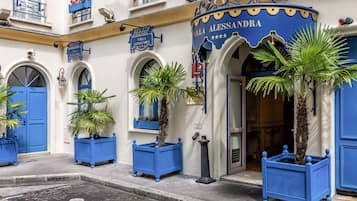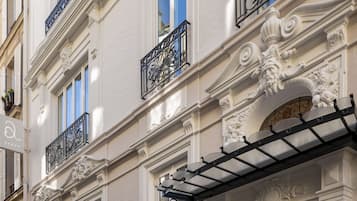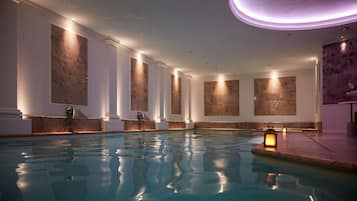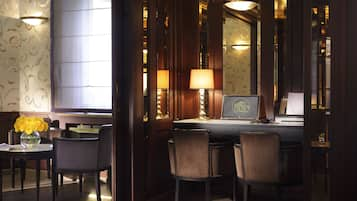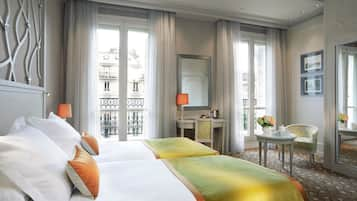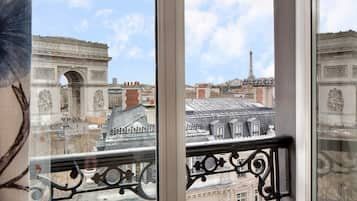Discover cheap things to do in 17th Arrondissement
The 17th Arrondissement, a charming district of Paris, offers several delightful experiences for budget-conscious travellers. Start your day at Parc Monceau, a picturesque park where you can stroll through beautifully manicured gardens and admire the stunning architecture of the surrounding areas—all for free. Just a short walk away, the Marché des Batignolles is a local market that’s perfect for sampling affordable French delicacies; grab a fresh baguette and some cheese for a picnic. Art enthusiasts will enjoy the free exhibitions at the Hôtel de Ville, showcasing local talent and culture. For a dose of history, visit the Cimetière de Batignolles, a serene cemetery filled with impressive monuments, perfect for a reflective afternoon. As you explore, you’ll find a range of budget-friendly cafés and bistros offering delicious meals without breaking the bank. Staying in one of the affordable hotels in the 17th allows you easy access to these attractions while providing a comfortable base. Many of these hotels boast unique features such as cosy family rooms and personalised service, ensuring that your stay is both enjoyable and convenient. With a little planning, you can uncover the charm of this vibrant neighbourhood while enjoying quality accommodation at great value.
![The Arc de Triomphe de l'Étoile (Triumphal Arch of the Star) is one of the most famous monuments in Paris. It stands in the centre of the Place Charles de Gaulle (originally named Place de l'Étoile), at the western end of the Champs-Élysées. It should not be confused with a smaller arch, the Arc de Triomphe du Carrousel, which stands west of the Louvre. The Arc de Triomphe honours those who fought and died for France in the French Revolutionary and the Napoleonic Wars, with the names of all French victories and generals inscribed on its inner and outer surfaces. Beneath its vault lies the Tomb of the Unknown Soldier from World War I. The Arc de Triomphe is the linchpin of the Axe historique (historic axis) – a sequence of monuments and grand thoroughfares on a route which runs from the courtyard of the Louvre to the Grande Arche de la Défense. The monument was designed by Jean Chalgrin in 1806 and its iconographic program pits heroically nude French youths against bearded Germanic warriors in chain mail. It set the tone for public monuments with triumphant patriotic messages. The monument stands 50 metres in height, 45 m wide and 22 m deep. Its design was inspired by the Roman Arch of Titus. The Arc de Triomphe is built on such a large scale that, three weeks after the Paris victory parade in 1919 (marking the end of hostilities in World War I), Charles Godefroy flew his Nieuport biplane through it, with the event captured on newsreel. It was the tallest triumphal arch in existence until the completion of the Monumento a la Revolución in Mexico City in 1938, which is 67 metres high. The Arch of Triumph in Pyongyang, completed in 1982, is modelled on the Arc de Triomphe and is slightly taller at 60 m [Wikipedia.org]](https://images.trvl-media.com/place/6187899/ce730aaa-6e04-4cb2-ae2d-4e846d97c027.jpg?impolicy=fcrop&w=1200&h=500&q=medium)



